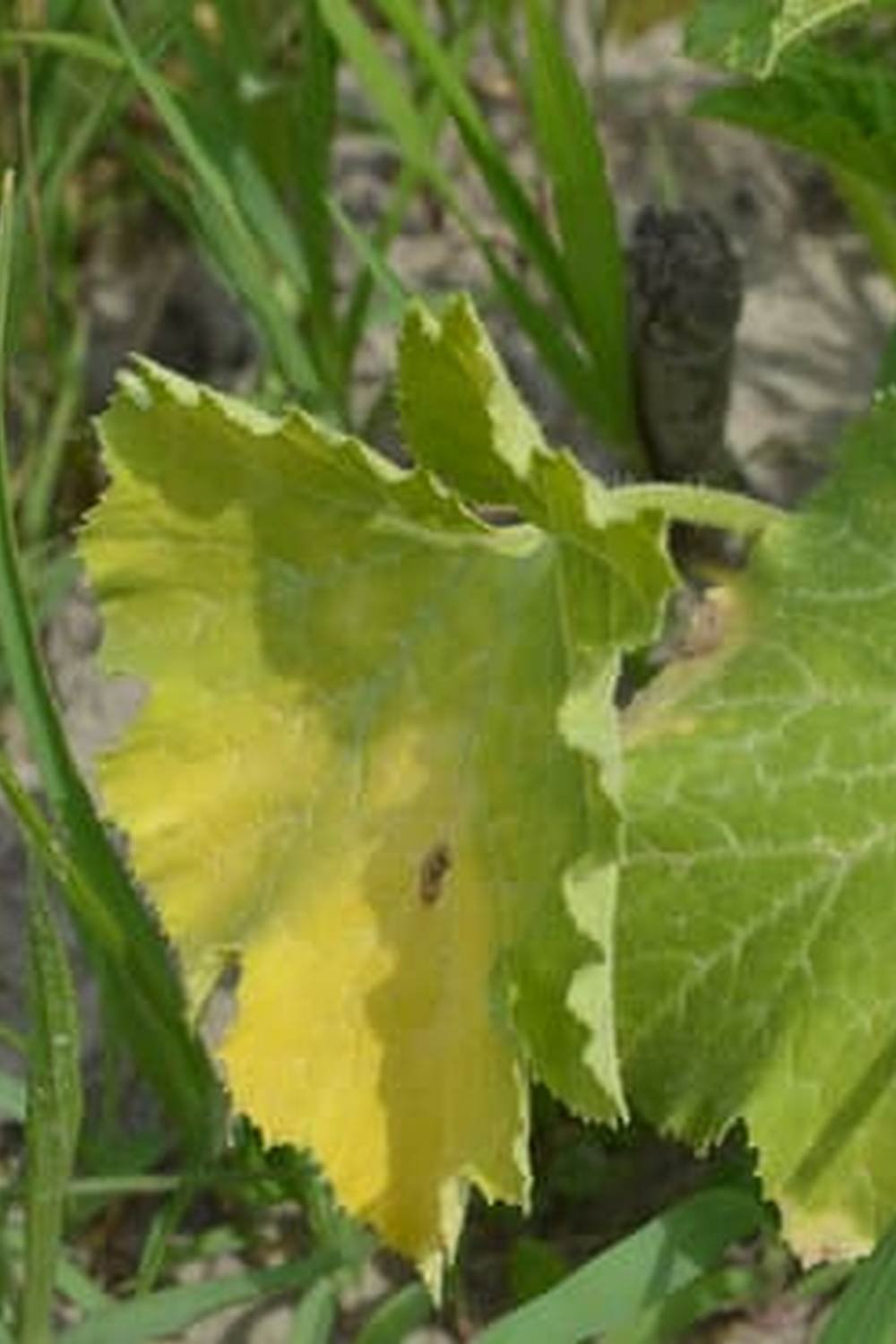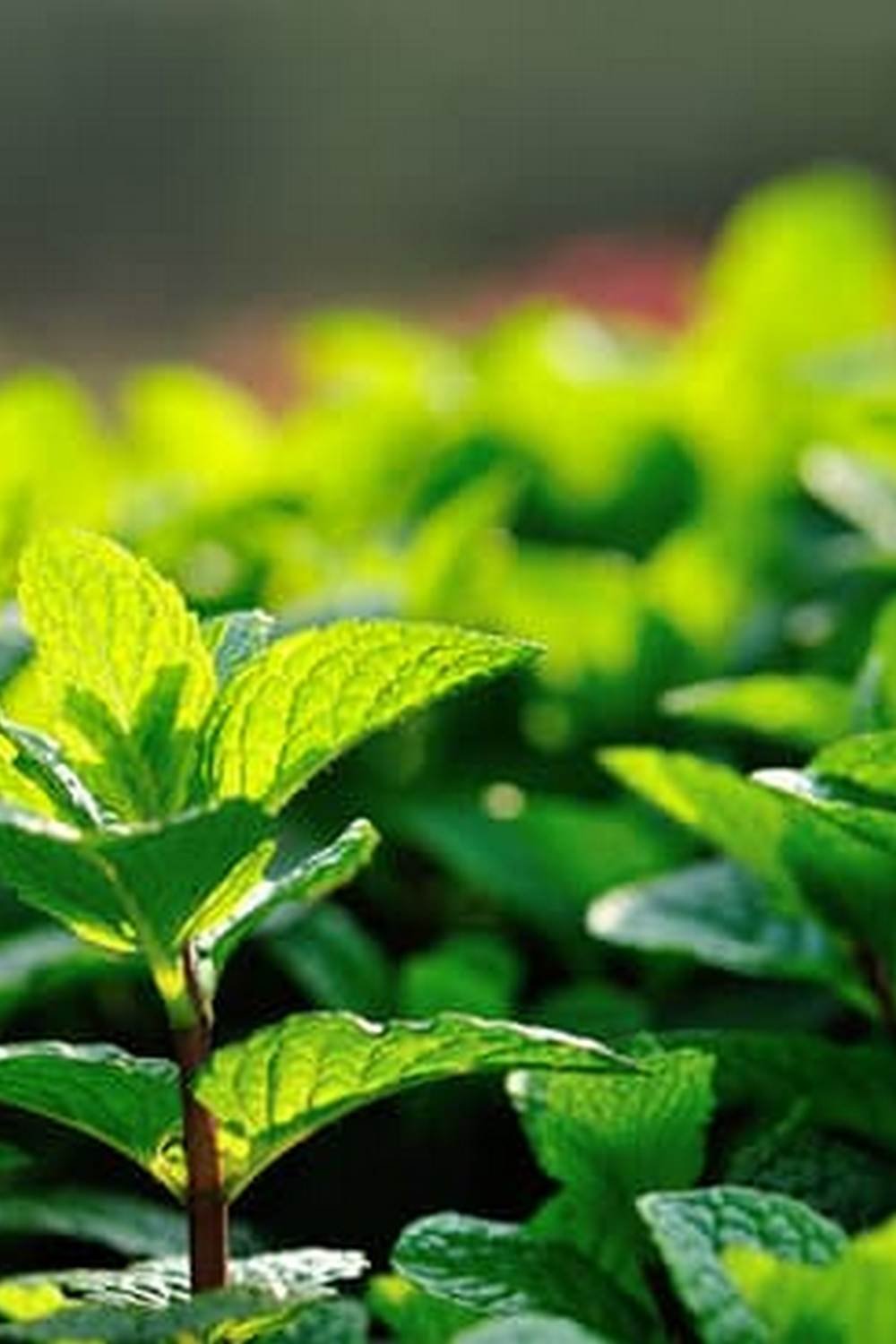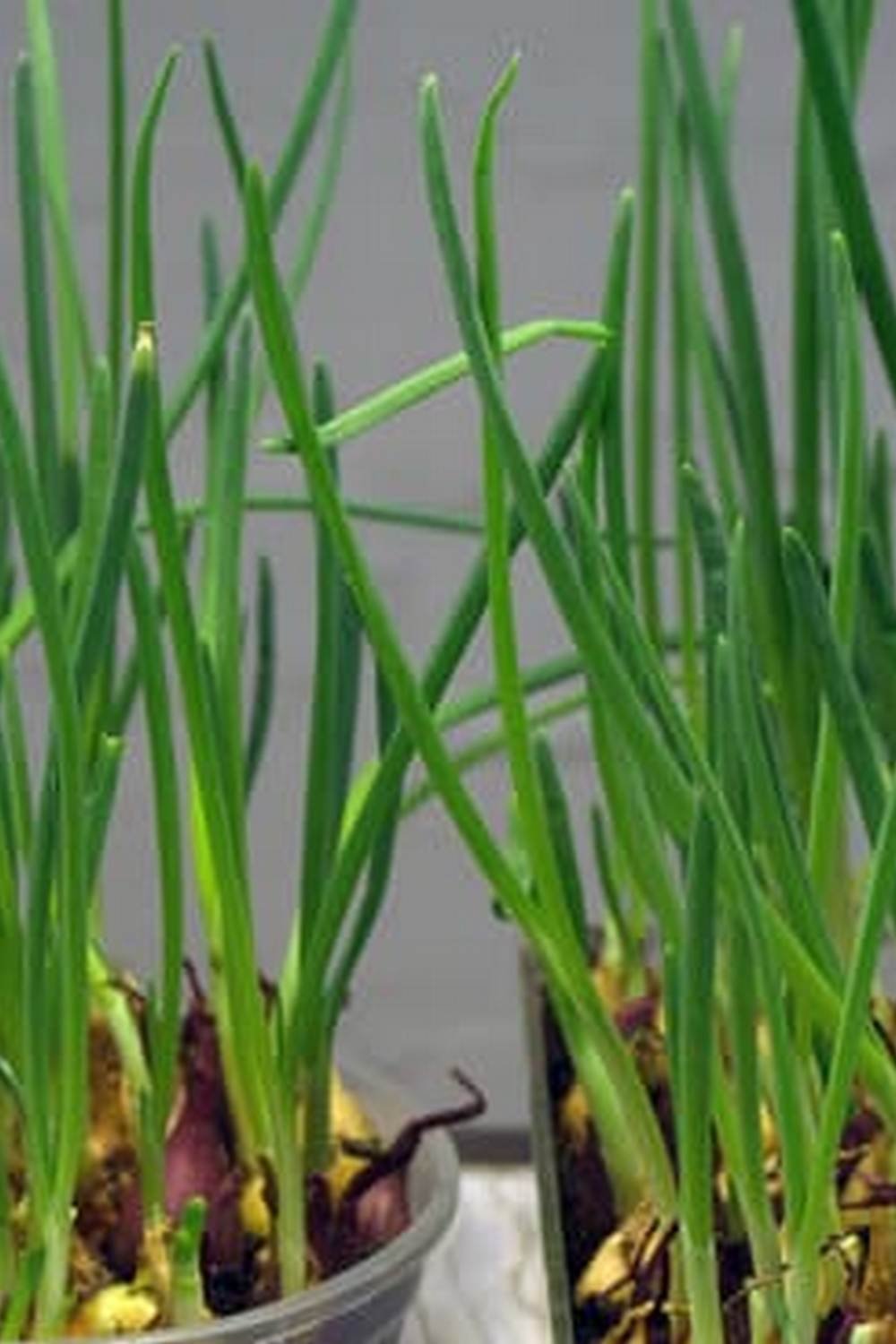Companion Planting In Your Vegetable Garden
There is a lot of talk about companion planting out there on the internet and in gardening circles. Companion planting is the practice of planting different plants together in order to benefit one another. Some plants repel pests while others attract beneficial insects. Some plants provide shade for others or improve the soil.
The first step in companion planting is to figure out which plants grow well together. There are a lot of charts and lists out there that will tell you which plants to plant together, but the best way to learn is to experiment. Try planting different combinations of plants and see what happens. You may be surprised at how well some plants work together.
The next step is to figure out which plants to avoid planting together. Some plants do not like being planted near one another. For example, tomatoes and potatoes do not like being planted near each other because they both like the same type of soil and they both compete for nutrients.
Once you have figured out which plants to plant together and which to avoid, it is important to plan your garden accordingly. Group plants that like the same type of soil together and put taller plants in the back and shorter plants in the front. This will help to create a well-organized and attractive garden.
Companion planting is a great way to get the most out of your garden. By planting different plants together, you can improve the soil, repel pests, and attract beneficial insects. Companion planting is a great way to garden organically and to get the most out of your space.
How To Design A Vegetable Garden Layout In Row Planting
Style
A vegetable garden layout in row planting style is the most efficient way to plant a garden. This style of planting utilizes long, straight rows with plants spaced evenly apart. There are a few different ways to design a vegetable garden layout in row planting style, and the following guide will show you how to do it.
The first step is to measure the area you want to plant and mark out the boundaries with stakes or flags. Once you have done this, you can begin to layout your rows. Decide how wide you want your rows to be and mark them out. The recommended width for a row is 18-24 inches. You can also decide how long you want your rows to be. The recommended length for a row is between 4-6 feet.
Once you have marked out your rows, it is time to start planting. Begin by planting the tallest vegetables in the back row and the shortest vegetables in the front row. Make sure to space the plants evenly apart within each row. Follow the spacing recommendations for the specific vegetables you are planting.
When planting, it is important to keep in mind that the plants will need access to sunlight. Make sure to leave enough space between the rows for the sun to reach the plants. Also, make sure to leave enough space between the plants for them to grow.
When you are finished planting, use a rake to smooth out the soil and remove any stones or sticks. Water the garden well and then wait for the vegetables to grow!
How To Plant Vegetable Garden On Grass
It is possible to plant a vegetable garden on grass, but there are a few things you need to do to make it successful. The first step is to remove the sod, or grass, from the area where you plan to plant your vegetables. You can do this by using a shovel or a tiller. Once the sod is removed, you need to till the soil to a depth of at least six inches.
Next, you need to add some organic matter to the soil. You can do this by using compost, manure, or peat moss. Mix the organic matter into the soil and then level it off. You can then plant your vegetables.
If you plan to plant a vegetable garden on grass, you need to make sure that you water it regularly. The vegetables need to be watered at least once a day, and more if it is hot and dry. You may also need to fertilize the vegetables. You can do this by using a commercial fertilizer or by using compost.
By following these tips, you can plant a vegetable garden on grass and have a successful harvest.
Planting Vegetable Garden By The Moon
Phases
There are many factors to consider when planting a vegetable garden, such as climate, soil type, and available space. Another important consideration is the phase of the moon.
Certain plants prefer to be planted during certain moon phases. For example, root vegetables like carrots and beets do best when planted during the waning moon phase, when the moon is getting smaller. This is because the gravitational pull of the moon is weaker during this phase, and therefore the plants will be less likely to be uprooted.
Other plants, like lettuce, prefer to be planted during the waxing moon phase, when the moon is growing larger. This is because the gravitational pull of the moon is stronger during this phase, and the plants will be more likely to stay in the ground.
So, when planning your vegetable garden, be sure to take into account the phase of the moon. By planting your vegetables during the right moon phase, you can help ensure that they will grow and thrive.
Most Productive Fruit And Vegetables For Home Garden Planting
When it comes to gardening, not all fruits and vegetables are created equal. Some plants are more productive than others, meaning that they produce more fruits or vegetables per square foot of planting space. If you’re looking to get the most out of your home garden, then you’ll want to focus on planting some of the most productive fruit and vegetable plants.
Here are some of the most productive fruit and vegetable plants for home garden planting:
Tomatoes: Tomatoes are one of the most productive plants you can grow in your garden. A single plant can produce dozens of tomatoes, making them a great choice for gardeners looking to get a lot of produce from a small amount of space.
Peppers: Like tomatoes, peppers are another highly productive plant. A single pepper plant can produce dozens of peppers, making them a great choice for gardeners looking to get a lot of produce from a small amount of space.
Zucchini: Zucchini is a highly productive plant that can produce dozens of zucchinis per plant. Zucchini is a great choice for gardeners looking to get a lot of produce from a small amount of space.
Broccoli: Broccoli is a highly productive plant that can produce dozens of heads of broccoli per plant. Broccoli is a great choice for gardeners looking to get a lot of produce from a small amount of space.
Cabbage: Like broccoli, cabbage is a highly productive plant that can produce dozens of heads of cabbage per plant. Cabbage is a great choice for gardeners looking to get a lot of produce from a small amount of space.
If you’re looking to get the most out of your home garden, then be sure to plant some of these highly productive fruit and vegetable plants.

If you’re looking to get into vegetable gardening, or are just looking for some tips on how to make your current garden better, then you’ve come to the right place! My name is Ethel and I have been gardening for years. In this blog, I’m going to share with you some of my best tips on how to create a successful vegetable garden.





